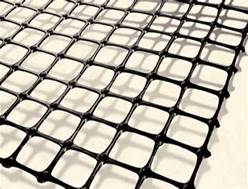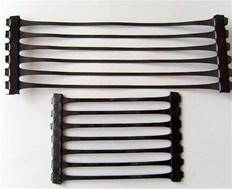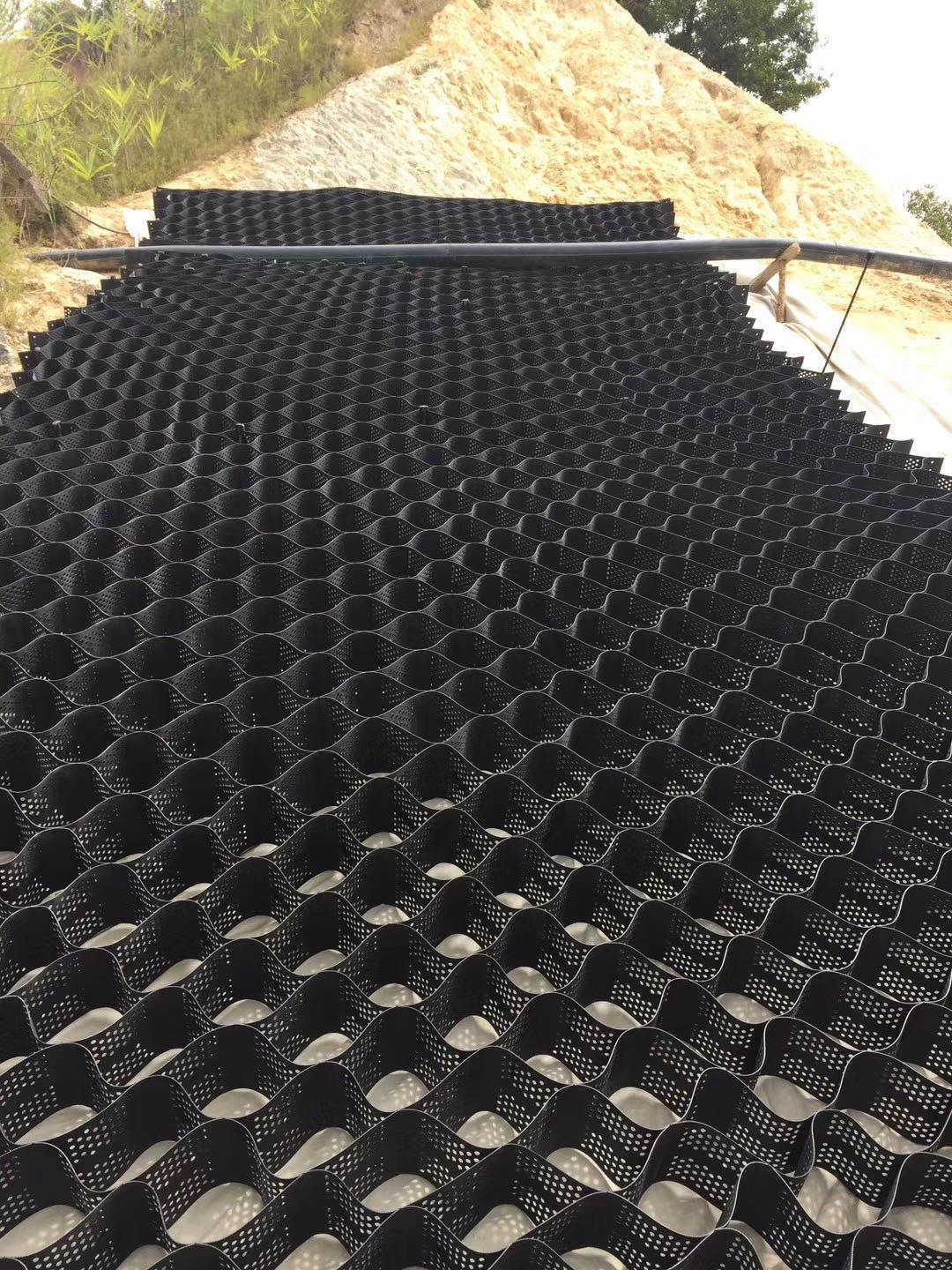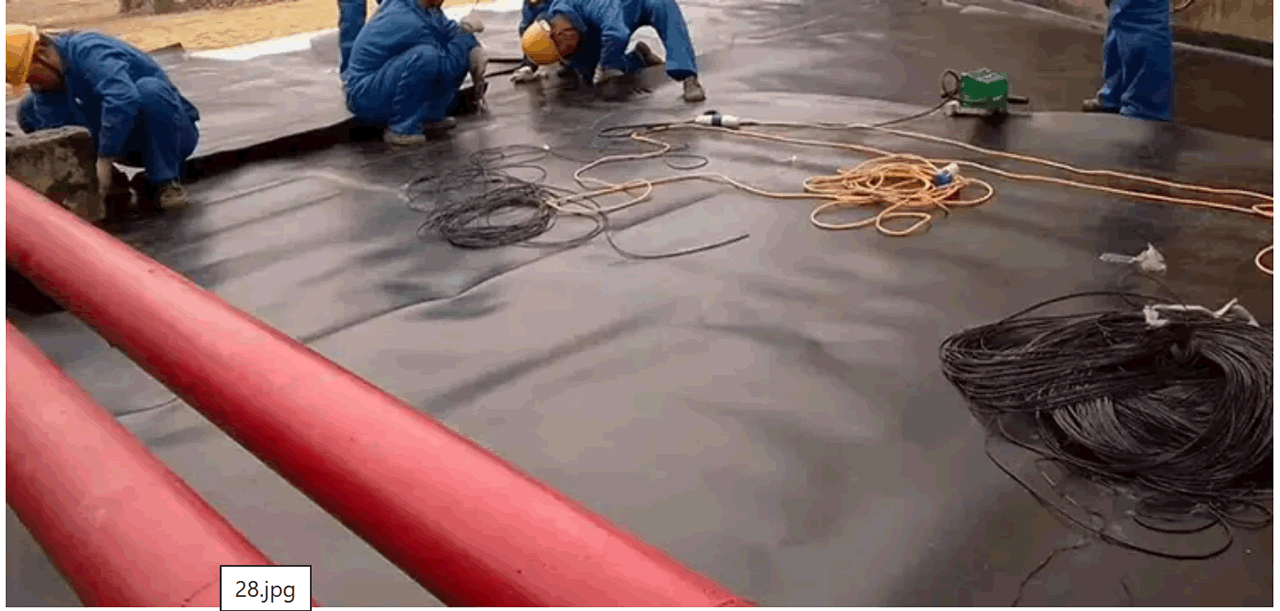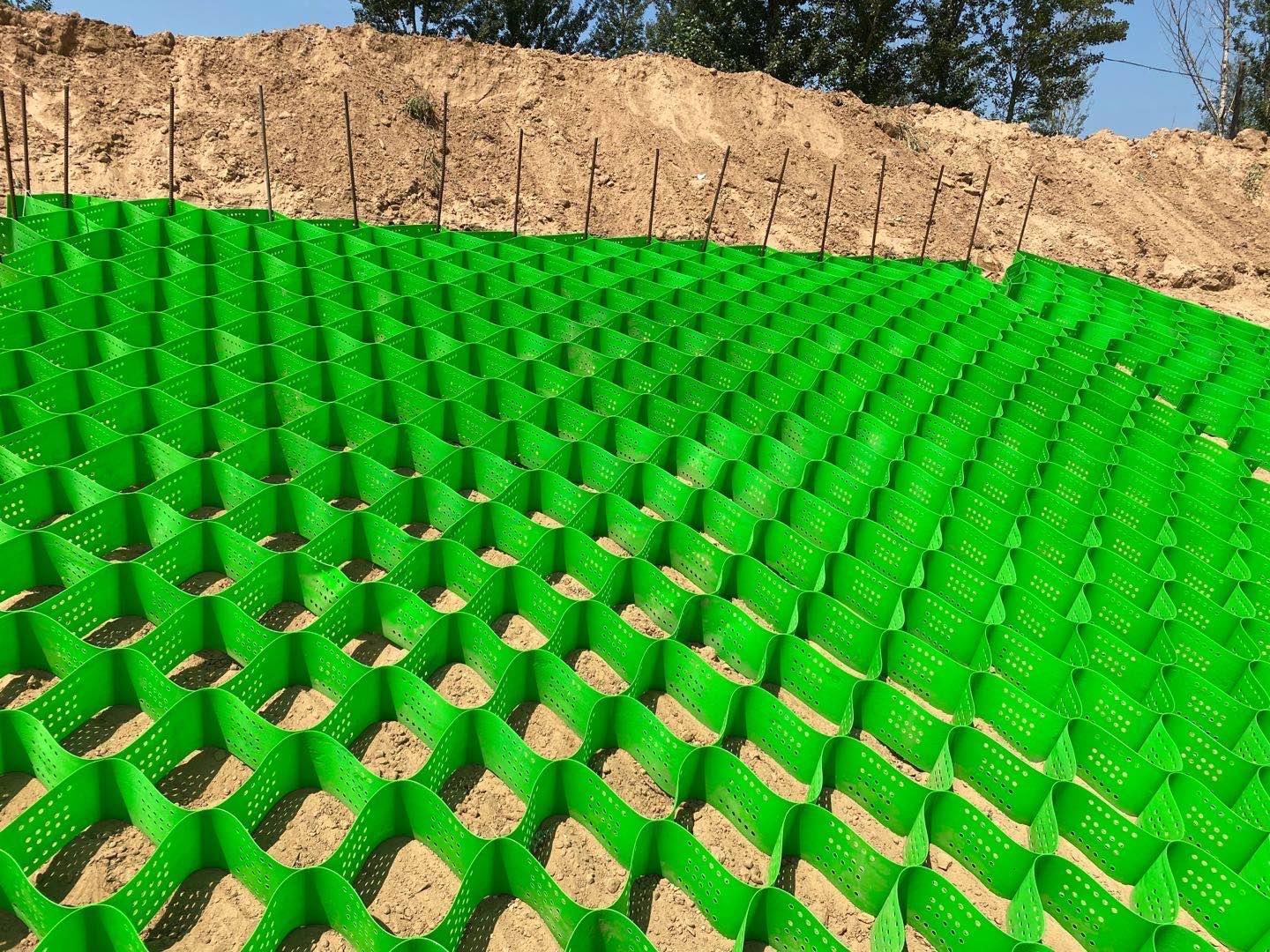Geogrids are divided into four categories: plastic geogrids, steel geogrids, glass fibre geogrids and glass fibre polyester geogrids.
I. Characteristics of glass fibre geogrid.
(1) High tensile strength, low elongation - glass fibre geogrid is made of glass fibre, which has a high resistance to deformation, and the fracture elongation is less than 3%.
(2) No long-term creep - as a reinforcing material, it is extremely important to have the ability to resist deformation under long-term loading, i.e. creep resistance.
(3) Thermal stability - the glass fibres melt at temperatures above °C, which ensures that the glass fibre geogrid is thermally stable during paving operations.
(4) Compatibility with the asphalt mix - the material coated in the post-treatment process is designed for the asphalt mix and each fibre is fully coated and highly compatible with the asphalt, ensuring that the glass fibre geogrid does not segregate from the asphalt mix in the asphalt layer, but is firmly bonded together. (5) Physical and chemical stability
(5) Physical and chemical stability - coated with a special finishing agent, the glass fibre geogrid is resistant to all types of physical wear and chemical attack, as well as biological attack and climate change, ensuring that its performance remains unaffected.
(6) Aggregate embedment and restriction - As the glass fibre geogrid is a mesh structure, the aggregates in the asphalt concrete can penetrate through it, thus creating a mechanical embedment lock. This restriction hinders the movement of the aggregate, so that the asphalt mixture under load can achieve a better state of compaction, higher load-bearing capacity, better load transfer performance and smaller deformation.
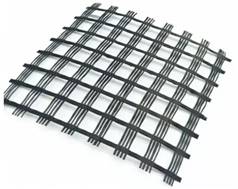
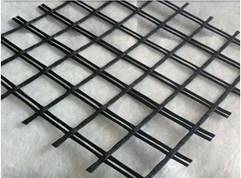
Two, steel-plastic composite geogrid characteristics.
1. The tensile force of the steel-plastic composite geogrid is borne by the high-strength steel wire woven by warp and weft, which produces a very high tensile modulus under low strain capacity.
2. The steel wire of the longitudinal and transverse ribs of the steel-plastic composite geogrid is woven by warp and weft to form a mesh, and the outer wrapping layer is formed in one go, so that the steel wire and the outer wrapping layer can act in harmony and the elongation of damage is very low (not more than 3%). The main force unit of the steel-plastic composite geogrid is the steel wire, and creep is extremely low.
3. Through the treatment of the plastic surface during the production process, a rough pattern is pressed to enhance the roughness of the grating surface and to increase the friction coefficient between the steel-plastic composite geogrid and the soil.
4. The width of steel-plastic composite geogrid can be up to 6m to achieve efficient and economic reinforcement effect.
5. The high density polyethylene used in the steel-plastic composite geogrid ensures that: it will not be eroded by acid, alkaline and salt solutions, or oil at room temperature; it will not be subject to water dissolution or microbial attack. The high molecular properties of polyethylene are also resistant to ageing caused by UV radiation. The longitudinal and transverse ribs work in synergy when the grating is stressed, so that no junctional pulling or breaking occurs. The actual project, after compaction of the filler, is therefore not subjected to UV light and oxygen.
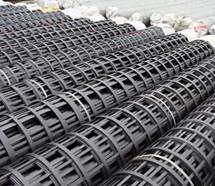
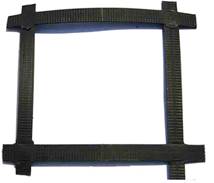
Three, polyester geogrid characteristics.
1. With warp knitting directional structure, the warp and weft yarns in the fabric are not bent to each other, and the intersection is bound together with high strength fiber filaments to form a solid bond, giving full play to its mechanical properties.
2. High tensile strength, small elongation, high tear strength and small difference in longitudinal and transverse strength of high tenacity polyester woven geogrid.
3. UV ageing resistance, abrasion resistance, corrosion resistance, light weight, and soil or gravel inlay force, to enhance the soil shear and reinforcement to improve the integrity of the soil and load force, has a significant role. High tensile strength, high tear strength and strong bonding with soil and gravel. It can meet the requirements of permanent engineering construction.
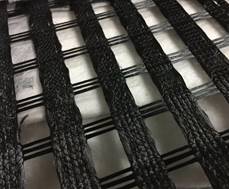
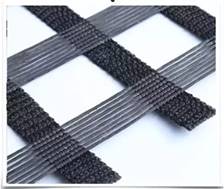
Four, plastic geogrid characteristics.
1. The polymer becomes directional and linear and forms a long oval mesh structure with uniform distribution and high nodal strength. This structure has a high tensile strength and rigidity, providing the soil with an ideal chain system for force bearing and diffusion.
2. The outstanding advantage of one-way plastic geogrids is that the tendency of deformation (creep) under long-term continuous load is very small, and the creep resistance is much better than that of geogrids of other materials, which is important for improving the service life of the project.
3. The bite and interlocking between the mesh and the soil constitute an efficient stress transfer mechanism, enabling the local load to spread rapidly and effectively over a large area of soil, thus reducing the local damage stress and increasing the service life of the project.
